Rain sensors
-
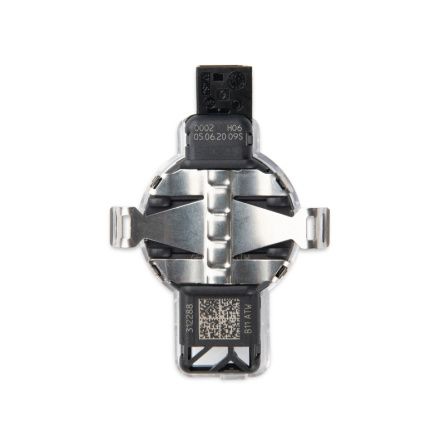
Rain Sensor
Volkswagen81A955559£65.51 £54.59 -
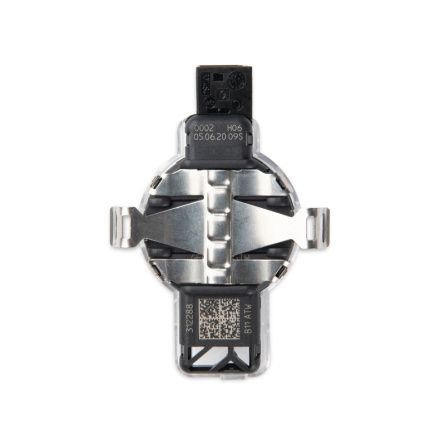
Rain Sensor
Volkswagen81A955559A£65.51 £54.59 -

Rain Sensor
Volkswagen8U0955559D£65.51 £54.59 -
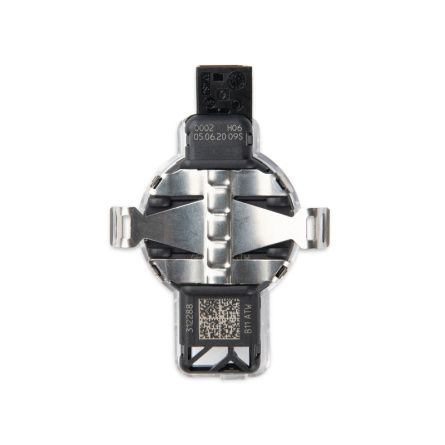
Rain Sensor
Volkswagen8U0955559A£65.51 £54.59 -

Rain Sensor
PorschePAD955559£65.51 £54.59 -
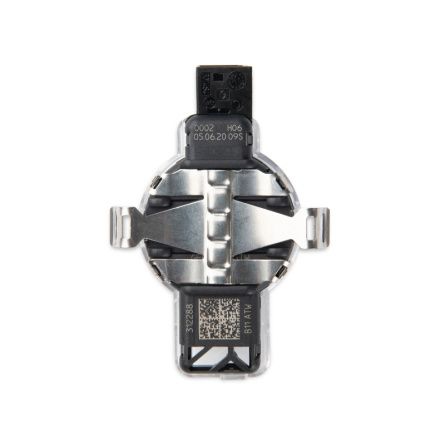
Rain Sensor
FCA68350230AA£65.51 £54.59 -

Rain Sensor
FCA68529946AA£65.51 £54.59 -
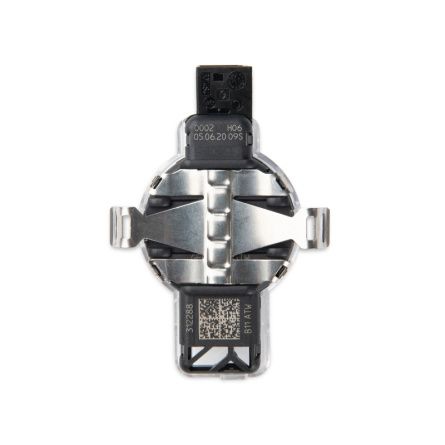
Rain Sensor
FCA68327623AA£65.51 £54.59 -
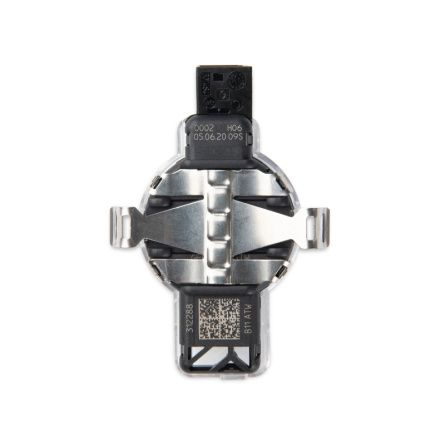
Rain Sensor
FCA50549146£65.51 £54.59 -

Rain Sensor
FCA50551183£65.51 £54.59 -
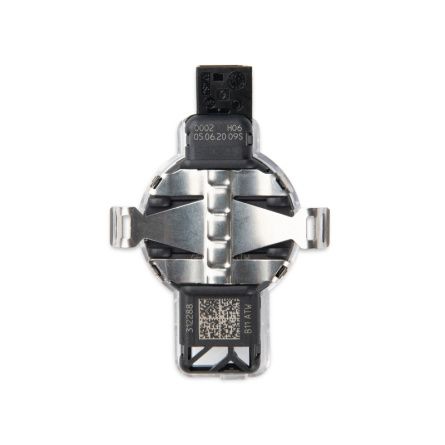
Rain Sensor
FCA52108420£65.51 £54.59 -

Rain Sensor
Volkswagen5Q0955559£73.70 £61.42 -
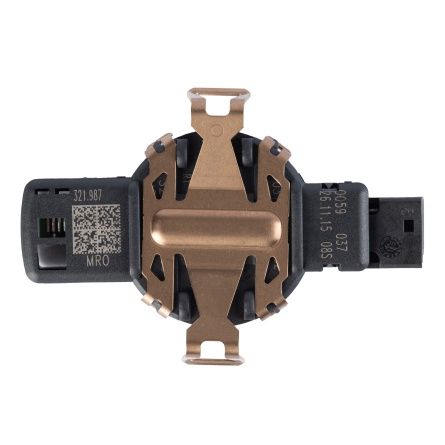
Rain Sensor
Volkswagen5Q0955559A£73.70 £61.42 -
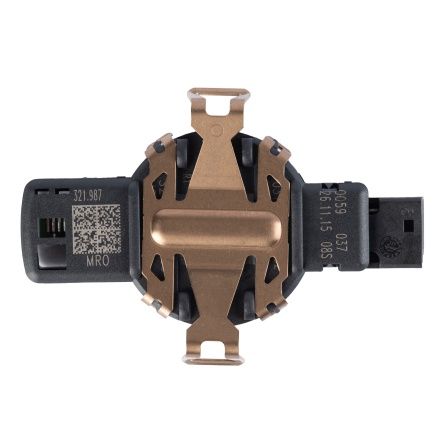
Rain Sensor
Volkswagen5Q0955559B£73.70 £61.42 -
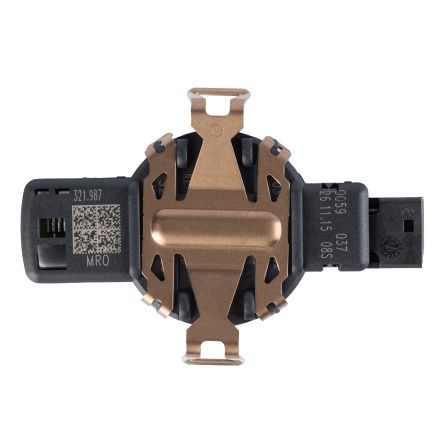
Rain Sensor
Volkswagen5Q0955559C£73.70 £61.42 -
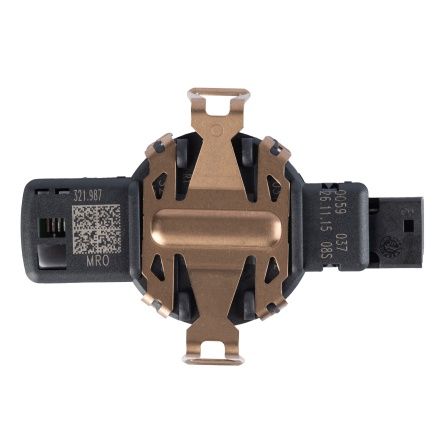
Rain Sensor
Volkswagen1T0955559£73.70 £61.42 -
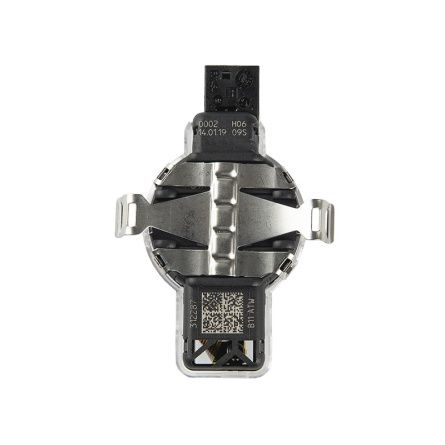
Rain Sensor
Volkswagen81A955555£65.51 £54.59 -
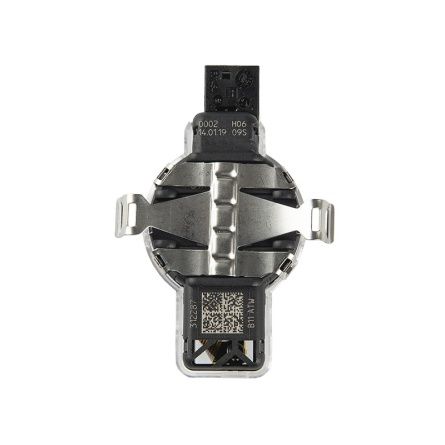
Rain Sensor
Volkswagen81A955547A£65.51 £54.59 -
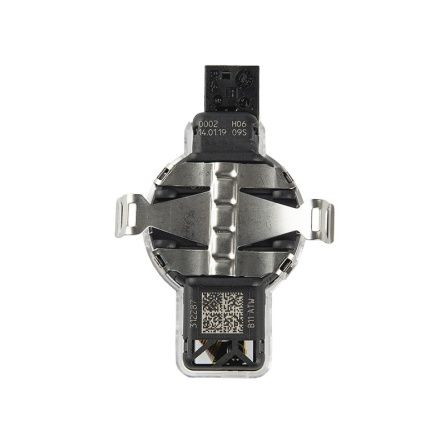
Rain Sensor
Volkswagen8U0955559B£65.51 £54.59 -
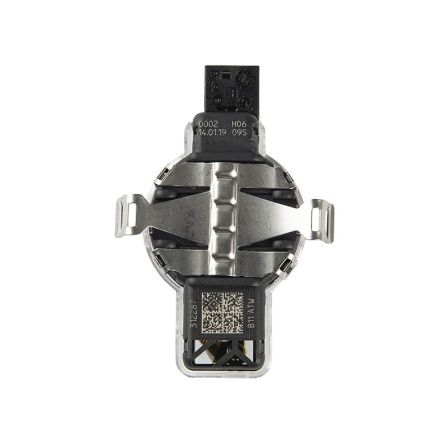
Rain Sensor
Volkswagen8U0955559C£65.51 £54.59 -
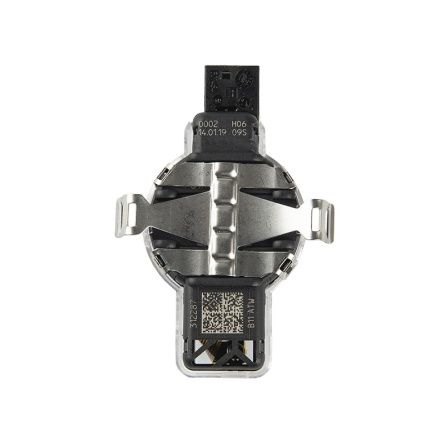
Rain Sensor
Volkswagen8U0955559£65.51 £54.59 -
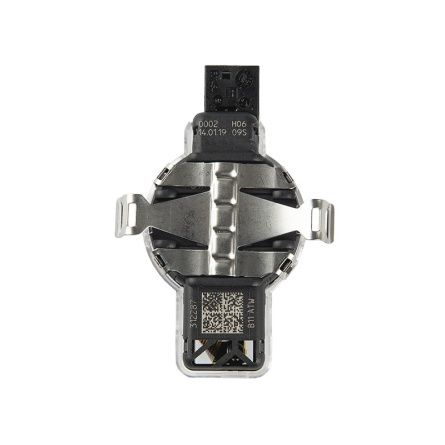
Rain Sensor
Volkswagen81A955555B£65.51 £54.59 -

Rain Sensor
Volkswagen81A907660A£65.51 £54.59 -
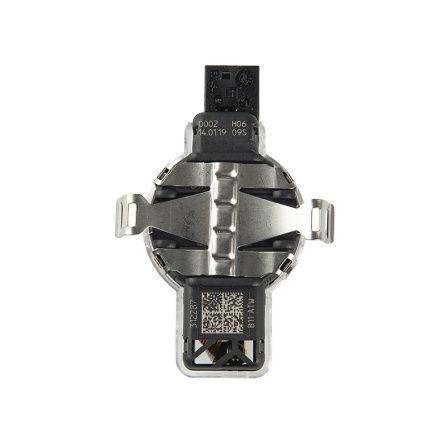
Rain Sensor
Volkswagen81A955547B£65.51 £54.59 -
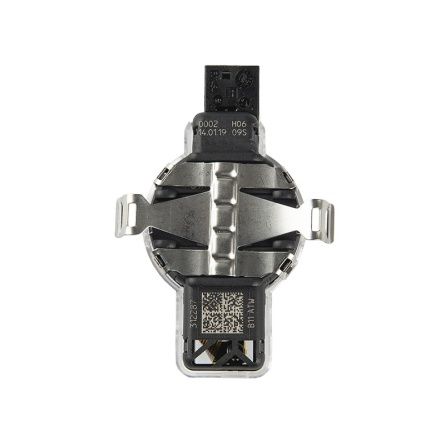
Rain Sensor
PorschePAD955547A£65.51 £54.59 -

Rain Sensor
PorschePAD955547B£65.51 £54.59 -
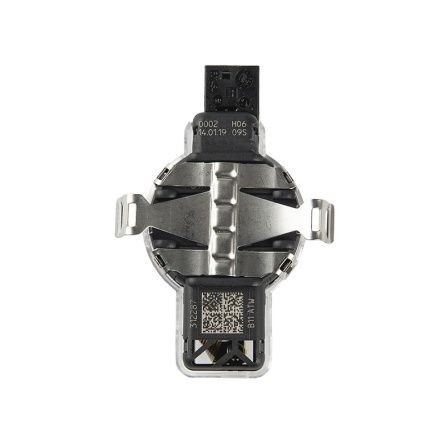
Rain Sensor
Porsche95895554700£65.51 £54.59 -

Rain Sensor
Porsche958955547A£65.51 £54.59 -
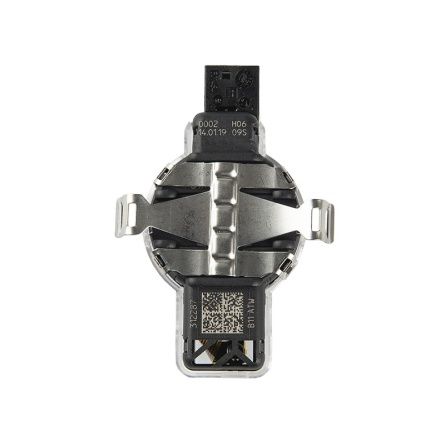
Rain Sensor
Porsche9A795555900£65.51 £54.59 -
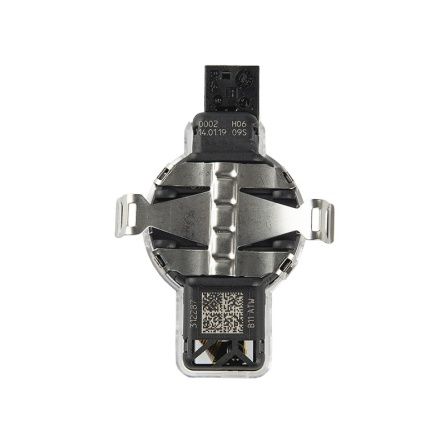
Rain Sensor
Porsche9A795555901£65.51 £54.59 -
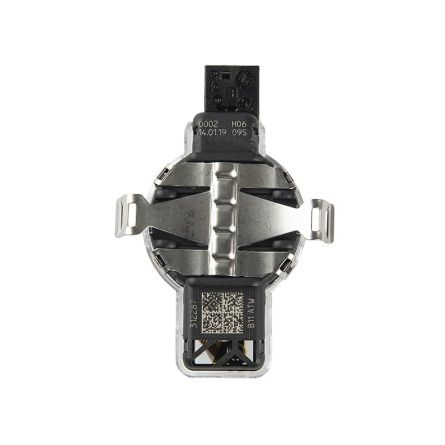
Rain Sensor
FCA68298334AA£65.51 £54.59 -
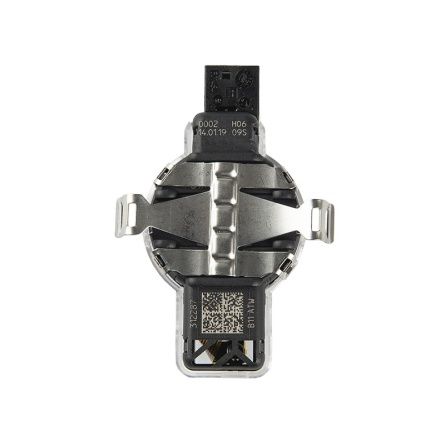
Rain Sensor
FCA68298468AA£65.51 £54.59 -
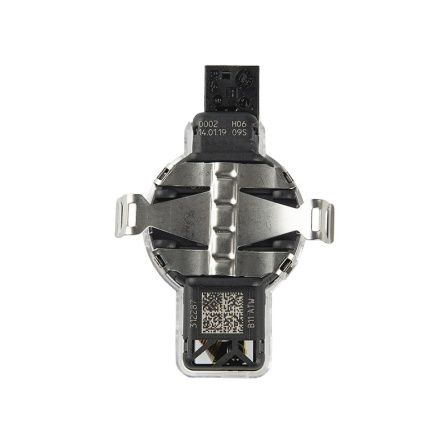
Rain Sensor
FCA50557210£65.51 £54.59 -
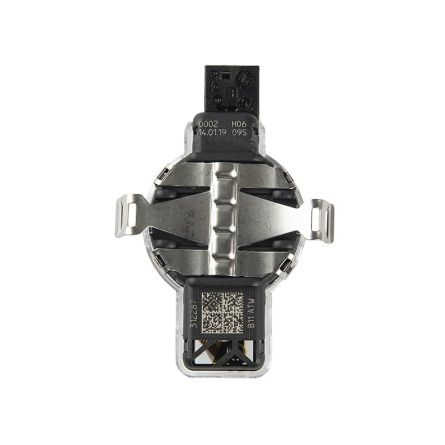
Rain Sensor
FCA670105414£65.51 £54.59 -

Rain Sensor
Audi81D907253£65.51 £54.59 -

Rain Sensor
Volkswagen81A955555A£65.51 £54.59
Rain sensors
Rain sensors have become a hallmark of modern automotive innovation, seamlessly blending safety, convenience, and technology into one intelligent feature. These advanced systems automatically detect moisture on the windshield and activate the wipers without any driver input, ensuring clear visibility in changing weather conditions. By responding instantly to rain intensity, they enhance both comfort and road safety, allowing drivers to stay focused on the road ahead. In today’s vehicles, the windscreen rain sensor is more than just a luxury — it represents a key step toward smarter, more intuitive driving experiences, where automation and precision work together to create safer journeys in all conditions.
Understanding Windscreen Rain Sensors
Rain sensors on the windshield are intelligent electronic devices designed to detect the presence and intensity of rain or moisture on the glass surface. Their main function is to automatically control the operation of the windshield wipers, adjusting their speed and frequency according to the amount of rainfall. This smart technology works through an optical system, typically using infrared light: the sensor emits a beam toward the windshield, and when raindrops interrupt the reflection of that light, the system immediately recognizes the change and activates the wipers. The heavier the rain, the greater the disruption — prompting the wipers to operate faster.
By continuously adapting to real-time weather conditions, rain sensors eliminate the need for manual adjustments, ensuring the driver always has a clear view of the road. This automation not only enhances comfort but also significantly improves safety, especially during sudden or heavy rainfalls. With optimal visibility maintained at all times, drivers can focus fully on the road, reducing the risk of accidents and ensuring a smoother, safer driving experience.
The Benefits of Auto Wiper Sensors
The auto wiper sensor offers a range of significant advantages that combine convenience, safety, and advanced technology. One of the most notable benefits is the increased comfort it provides to drivers. By automatically activating and adjusting the wipers based on rainfall intensity, it eliminates the need for constant manual control. Whether it’s a light drizzle or a sudden downpour, the system reacts instantly, allowing drivers to concentrate on the road without distraction.
Another key benefit is the improved visibility in challenging weather. The sensor continuously monitors the windshield’s surface, ensuring that wipers operate precisely as needed to maintain a clear view. This guarantees optimal visibility even when weather conditions change abruptly — such as moving from a dry stretch into heavy rain or driving through a storm at night.
From a safety standpoint, automatic wiper sensors reduce the likelihood of accidents caused by poor visibility. By keeping the windshield clear at all times, they allow faster reactions to obstacles, lights, or pedestrians. In essence, rain sensors go beyond convenience — they represent a vital contribution to overall driving safety, where intelligent automation enhances focus and protection.
Choosing the Right Rain Sensor for Your Vehicle
When selecting a rain sensor, several factors should be considered to ensure reliability and performance. The first and most important is compatibility with your vehicle model. Not every sensor fits all vehicles — many are designed for specific makes, models, and windscreen types. Always confirm that the chosen sensor matches the car’s electronic systems and communication protocols.
Next is sensitivity. Premium rain sensors offer adjustable or adaptive sensitivity to respond precisely to different rainfall intensities or water splashes. This ensures smooth operation without unnecessary wiper movements. Drivers in regions with unpredictable weather should look for sensors with advanced detection algorithms capable of distinguishing between drizzle, heavy rain, or spray from other vehicles.
Finally, consider the installation process. Some vehicles come with factory-fitted sensors, while others require aftermarket installation. Accurate positioning and calibration are crucial — even a slight misalignment can affect performance. It’s best to have installation done by a professional using the correct adhesive and diagnostic tools.
Installation and Maintenance Tips for Rain Sensors
Proper installation and care ensure long-term sensor reliability. Before mounting, make sure the windshield is clean and dry, as dirt or grease can interfere with infrared signals. Clean the glass with a non-abrasive cleaner and let it dry completely. Mount the sensor in the designated area, typically behind the rearview mirror, using the recommended adhesive gel or pad to maintain proper optical contact and prevent air bubbles.
After installation, calibrate the sensor using the vehicle’s onboard diagnostics or, if necessary, a professional tool. Routine cleaning of the windshield area in front of the sensor is essential to prevent dust or wax buildup that can obstruct the signal. If the wipers behave erratically or the sensor becomes less responsive, check for air bubbles, gel damage, or misalignment — reattaching the sensor with new adhesive often solves the issue.
Finally, running periodic system diagnostics helps detect faults early, especially after windshield replacement or electrical work. With correct installation, regular maintenance, and timely troubleshooting, rain sensors will continue to provide reliable, automatic performance for years, ensuring maximum comfort, visibility, and safety on every drive.